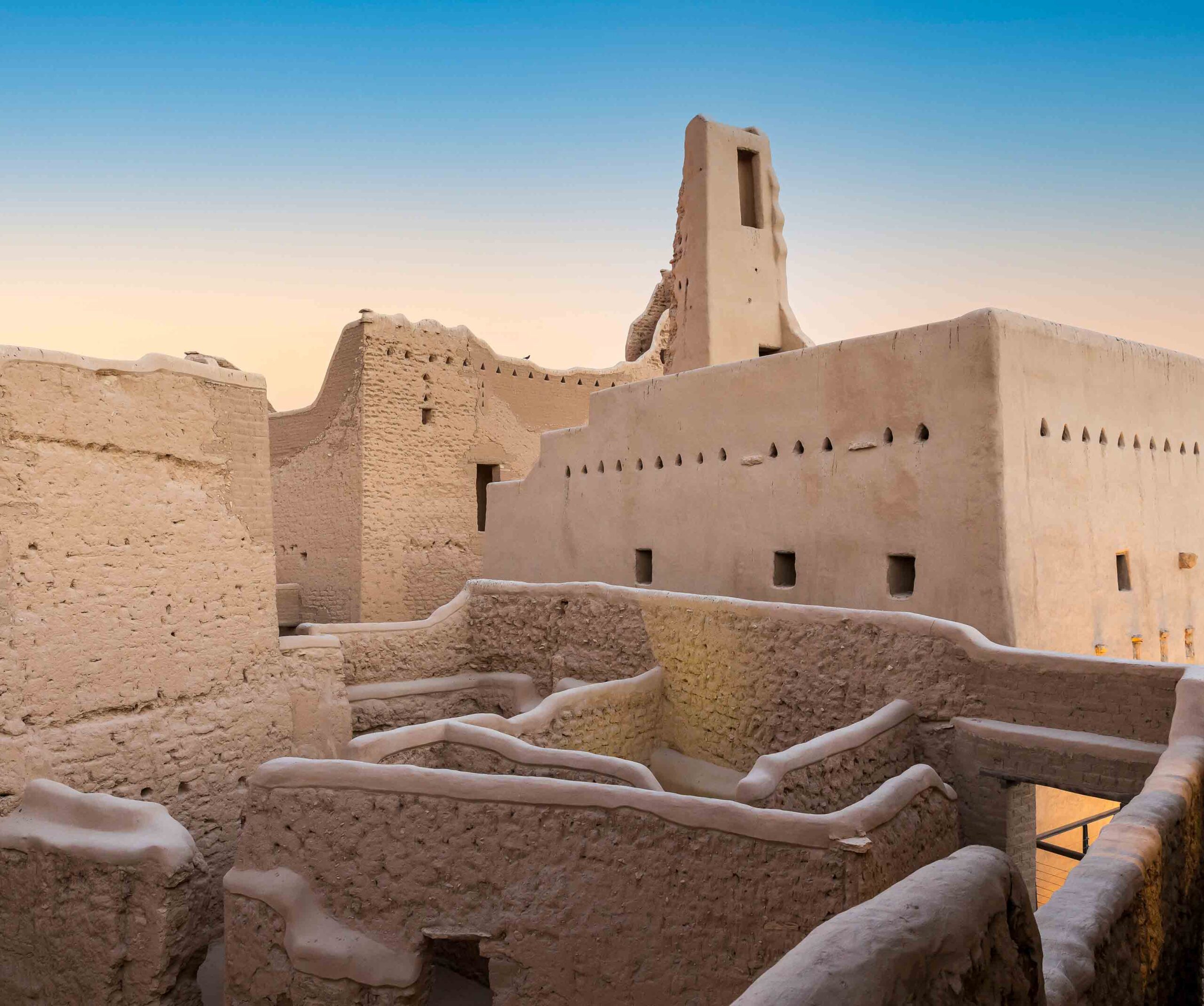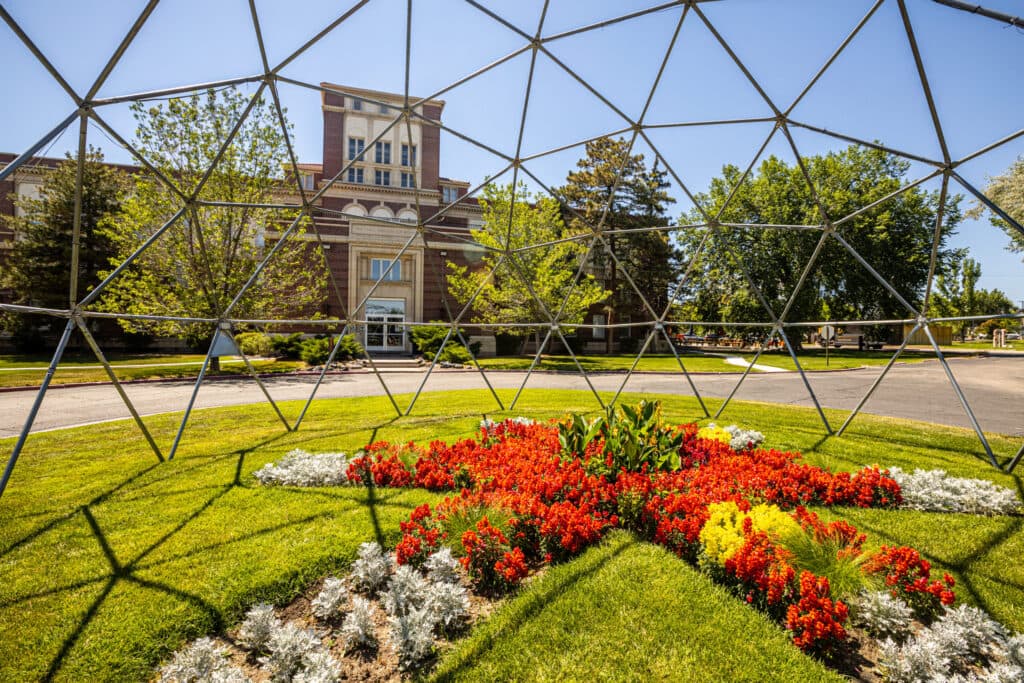Have you ever looked at a historical building and wondered how it has been maintained for all these years? In some cases, older buildings may even need total restoration and transformation to keep them structurally safe and sound.
If this fascinates you, you might appreciate taking a deeper dive into the variety of restoration and preservation techniques used over the years. Additionally, you can explore some of the challenges and modern solutions in architectural preservation.
The Significance of Building Restoration in Western Societies
“Wouldn’t it be easier to just construct an entirely new building rather than restore an old structure?”
This is a question some may have when it comes to historical building restoration. In reality, there are numerous reasons why people in Western civilizations believe it’s important to take on historical building restoration projects. This is prevalent even in situations where it may actually be easier or more cost-effective to build new.
Respecting Historical Integrity
First, the conservation of heritage buildings and maintenance of historic buildings respects and preserves historical integrity, allowing us to continue gaining insights about previous eras of interior design, ways of living and architectural design. Older buildings can say a lot about how people used to live and work, and that kind of information can be extremely valuable today.
Second, many older buildings have architectural significance. They may showcase incredible eras of architecture that simply cannot be recreated in new building construction today. By taking on the work of historical building renovations and preservation, it is possible to literally save a piece of architectural history for future generations to enjoy and learn from.
In addition to these significant reasons to take on historical building preservation, this type of work can:
- Ensure that history and culture are not forgotten.
- Boost local tourism and business.
With all this in mind, it’s easier to see how the work of restoration architecture firms matters so much.
Modern Challenges in Historical Restoration
Of course, as critical as restoration might be, the reality is that the professionals who take on restoration and maintenance of historic buildings constantly run into a number of challenges and obstacles.
For example, consider that some older buildings were constructed using materials that we now know are hazardous. This can open up a whole host of challenges and problems as construction workers handle these dangerous materials and must dispose of them with the utmost care.
Another common challenge professionals run into when working on historic buildings is that of complying with preservation laws and other regulations that may be in place. Even an older building, if being used by the public, may need to be brought up to certain codes and standards. Needing to add an access elevator or wheelchair ramp to a 200-year-old building, for example, can present some unique logistical challenges.
In other cases, historical buildings may be protected by certain laws or legal agreements, such as those put forth by the National Historic Preservation Act or even local regulations.
Combine all of this with the budgetary constraints that many of these projects tend to come with, and it’s easy to see why taking on a historical building preservation or renovation project can be so complicated. After all, historic preservation grants can be difficult to come by, and their funding only goes so far. Often, these projects run into multiple roadblocks that force them to veer off of the timeline.
Case Study: The Restoration of Cathédrale Notre-Dame de Paris
In looking at the restoration of historical sites, perhaps one of the most notable projects worth exploring is that of the Cathédrale Notre-Dame de Paris restoration project. Over the past several decades, this cathedral has been undergoing a number of renovation and preservation projects in an effort to maintain what is widely regarded as the most famous example of Gothic cathedrals—characterized by asymmetrical design, pointed arches, stained glass windows and intricate and ornate stylings—from the European middle ages (approximately 476 to 1453 C.E.). However, it has not been a smooth road.
History and Significance of Cathédrale Notre-Dame de Paris
Notre-Dame de Paris, which was constructed between 1163 and 1260, is a medieval Catholic cathedral located in France. From an architectural standpoint, it is considered one of the most well-known examples of the French Gothic architecture style, which is characterized by its iconic rib vault, beautiful rose windows and abundant sculptural designs.
2019 Fire and Subsequent Restoration Efforts
Over the centuries, the Notre Dame cathedral has experienced a series of events that have caused damage to the building and its structure.
Restoration work on Cathédrale Notre-Dame de Paris continues today after a fire broke out inside the cathedral in April 2019. Unfortunately, this fire resulted in significant damage, forcing it to close indefinitely. Ever since, ongoing efforts to restore the structure have been undertaken by various restoration architecture firms. Currently, the cathedral is scheduled to reopen in December of 2024.
Innovation in Restoration Techniques
Even with the challenges that restoring old buildings presents, the good news is that there are more innovations, technologies, and resources available to restoration teams to tackle these jobs than ever before. From time-saving tools to sustainable building materials and more, restoration teams have a lot to work with when blending contemporary design with historical structures.
Integrating Contemporary Design With Historical Structures
When historic buildings are renovated and restored, it is common for architects to incorporate some elements of contemporary design in a way that is subtle yet beneficial to the structure. For instance, consider the emergence of adaptive reuse projects across the country and across the globe.
Specifically, adaptive use architecture refers to a movement where an existing building is repurposed for something other than what it was originally built for. This allows architecture teams to safely incorporate some elements of contemporary design while preserving some of the most notable features of the original building.
The adaptive reuse of historic buildings isn’t just a great way to preserve architecture and history, but can also be a cost-effective way to breathe new life into an area. You can read more about iconic adaptive reuse projects online, but Detroit’s Michigan Central Station serves as a prime example of adaptive reuse architecture in action.
Iconic U.S. Buildings and Their Restorations
Throughout the years, there have been many notable restorations of historic buildings across the United States, two of which include the restoration of the Mesa Verde Cliff Dwellings and the preservation of New York’s Empire State Building.
Mesa Verde Cliff Dwellings – Indigenous Architecture
In 2022, a free-standing arch spanning across the Spruce Tree House cliff at Mesa Verde National Park was showing signs of imminent collapse. The cliff was the site of numerous significant cultural events as well as a popular attraction among park visitors. Even more importantly, this space remains critical to preserving the cultural identity of indigenous populations. As of 2024, the arch and other areas of the cliff dwellings continue to undergo restoration work.
The Preservation of the Empire State Building
New York City’s Empire State Building has also experienced restoration and preservation work over the years. Perhaps most notably, the building has seen renovations in recent years to implement sustainable design practices as a means of allowing the enormous building to run more sustainably. This included replacing many of the building’s original lighting and window fixtures, which has been a massive undertaking.
Global Perspectives on Preservation
Of course, historic building preservation isn’t just a focus in the U.S. Across other parts of the world, famous structures are undergoing critical preservation and restoration initiatives and efforts.
Taj Mahal
Some efforts are being made to preserve the Taj Mahal in India—a famous architectural masterpiece, mausoleum and cornerstone of Islamic art—including the establishment of a large area around the building meant to protect it from the prevalent problem of pollution. According to Smithsonian Magazine, other restoration work will include scrubbing its marble exterior, rebuilding the main gates, and replacing the building’s inlay.
Maota Pagoda
Meanwhile, recent initiatives aimed to restore the Buddhist Maota Pagoda on Maodao Island within Shanghai, Chin—which has suffered damage over the years due to its sheer and impressive age that dates back to the Tang dynasty of 618 to 907 C.E. Following a five-month restoration period, the Maota Pagoda reopened in September 2023.
Because much of the tiered tower is wood, its structural integrity has been threatened by erosion, rot and termites. Additionally, broken tile and beams were replaced as a means of restoring the pagoda to its former glory. To help safeguard against the hazard of lightning strikes, too, part of its restoration focused on repairing lighting protection facilities.
Interested in a Career in Interior Design or Historic Preservation?
With as much work, planning and innovation that goes into maintaining and restoring historic buildings, it makes sense that the professionals responsible for this important work need to be properly trained and educated.
Interested in leaving your own mark on today’s buildings, including new construction and historical sites? If so, then it may be time to explore a degree in interior design. At Rocky Mountain College of Art + Design, we’re proud to offer a Bachelor of Fine Arts in Interior Design that can prepare you to handle everything from drafting and building/code regulations to project management and more. Ready to learn more? Get in touch today to request information about RMCAD’s interior design program, which is available both on-campus and online for your convenience. If you’re ready to apply, you can also begin your online application for enrollment now.

